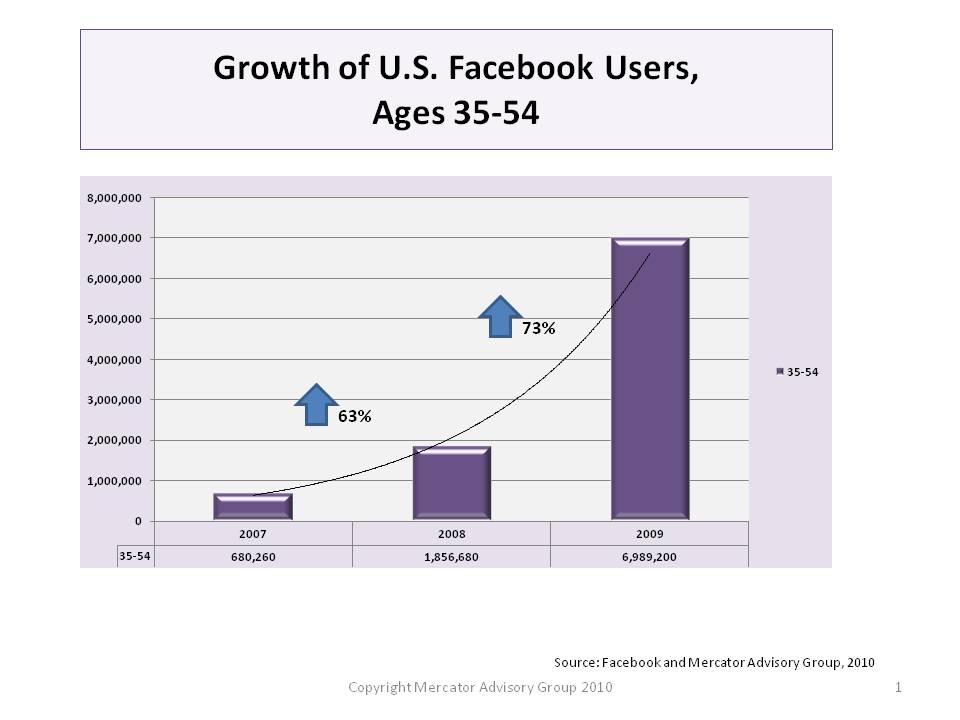Overview
Report Identifies Successful Banking Social Networking/Social Media Strategies Amidst Changing Norms of Consumer Expectations
Consumer have lost their tolerance for passive bank web sites and are demanding the dynamicism of social networking/social media interactivity
Boston, MA. - March 3, 2010 - - For banks and their customers, the Internet is fundamentally a passive channel - banks post information and customers go to those sites to check balances, perhaps to pay bills (through a third-party vendor) or to read about bank products.
Social networking is an activity for banks and their customers - customers can talk to one another and to their banks which creates the potential for banks to participate in the deeper community relationships social networking users have with one another. That humanizing-by-association can exponentially deepen and enrich bank-customer relationships which can translate into increased customer and account retention rates and increased levels of cross-selling.
A new report from Mercator Advisory Group's Customer Centric Delivery Channel Service, Social Networking Strategies: Innovation and Engagement Point to Clear Winners offers an in-depth examination of the challenges and opportunities found in the deployment and optimization of social networking strategies across stakeholder cohorts.
Consumers' future receptivity to bank's interest in selling new products and services or even fully migrating them to social media/social networking sites for the resolution of their customer service issues will very much depend on the consistency bankers bring to their channel deployment/optimization strategies.
"Can banking institutions integrate social networking into their marketing and product delivery channels in ways that create brand loyalty/brand differentiation, product cross-sells and greater immediacy and intimacy in customer contact???? ask Elizabeth Rowe, Director of Mercator Advisory Group's Banking Advisory Service and author of the report. "They must. Additionally, there is the concurrent institutional and industry question/challenge of how to find and then allocate the financial and institutional bandwidth necessary to successfully participate in new media. Even as delivery and communication channels are emerging with such staccato frequency, banks can not shrink away, but rather, they must interact with accountholders, employees and communities even when doing so is well outside their comfort zones."
Report Highlights Include:
Hardening consumer expectations around real-time interactions and transactions mean that banks' social media initiatives will have to absorb and integrate the functions of bank Internet sites before those static web pages (and their institutions) become obsolete.
The community banking industry has lost the mainstays of its profit generation and the disintermediation seen with credit products (car loans, credit cards, etc.) is poised to happen with core deposit products marketed through social networking.
"Older" working Americans are the fastest growing group on social networking sites. This cohort also includes banking's most profitable customers. This only adds to the imperative to participate in social networking platforms.
Successfully marketing to communities-of-choice (groups with shared values or identities) can result in members of that group actually seeking out a bank because it reflects their own values.
As consumers becoming increasingly comfortable using real dollars in virtual transactions, we see it as inevitable that those same consumers will accept the migration of banking's virtual transactions, like opening, funding and using bank accounts, to social media platforms.
One of the 13 Exhibits included in this report:

This report contains 28 pages and 13 exhibits
Companies Mentioned in This Report:
Amegy Bank, American Express, Apple, Bank of America, Citibank, Citizens Financial, Digital Insights, Facebook, JP Morgan Chase, Mercantile Bank of Michigan, MySpace, PayPal, Radian6, S1 Enterprise, Sysomos MAP, Twitter, USAA, Viralheat, Visible Measures, Wells Fargo and Zynga.
Members of Mercator Advisory Group have access to these reports as well as the upcoming research for the year ahead, presentations, analyst access and other membership benefits.
Please visit us online at www.mercatoradvisorygroup.com.
For more information and media inquiries, please call Mercator Advisory Group's main line: 781-419-1700 or send email to info@mercatoradvisorygroup.com.
Mercator Advisory Group is the leading, independent research and advisory services firm exclusively focused on the banking and payments industries. We deliver pragmatic and timely research and advice designed to help our clients uncover the most lucrative opportunities to maximize revenue growth and contain costs. Our clients range from the world's largest payment issuers, acquirers, processors, and associations to leading technology providers.
Learn More About This Report & Javelin
Make informed decisions in a digital financial world